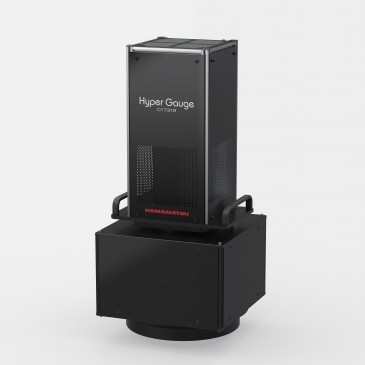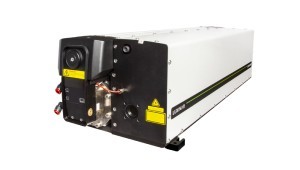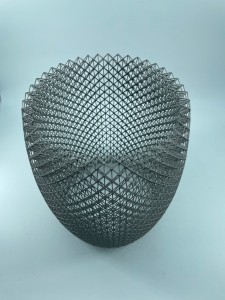
The major focus of Wayland Additive at Formnext 2023 is a display of parts made from difficult to process metals such as titanium, carbon steel, and tungsten. Visitors at the show will be able to see the Calibur3 metal AM system from Wayland on stand B139 in Hall 12, an array of parts built on the machine, and also discuss with the company’s top team the ways in which Calibur3 is redefining the metal AM landscape.
Calibur3 was developed to overcome common problems with metal AM, and delivers on all of the advantages of metal electron beam (eBeam) powder bed fusion (PBF) technology, while overcoming the troublesome issues that have traditionally limited its wider adoption. Key among these, the company — through the development of the fully neutralized NeuBeam® process used in the Calibur3 — has solved the charging issues that have, until now, restricted EBM processes. Critically, the system also offers the ability to process a wider palette of metal materials.
Will Richardson, CEO at Wayland says, “As we champion the wider adoption of metal AM throughout industry, our focus on extending the material range available to companies is fundamental, and this is why at Formnext 2023, it is material processing and the open nature of our metal AM systems that is front and centre.
NeuBeam unlocks a swathe of complex metal production opportunities that current metal AM processes struggle with. This is because the process is compatible with a much wider range of metal powders, including but not limited to refractory metals and highly reflective alloys. The importance of this cannot be overstated as for industrial users of metal AM, the issue of materials is one that is consistently seen as a bugbear. Metal AM advocates are generally very keen on the advantages that metal AM processes can offer, but they invariably want these advantages with a known material quantity/quality that they trust. However, the nature of many AM processes mean they have to compromise on this and utilise new alloy derivatives created specifically for AM. This leaves them with two unknown quantities — a new process and a new material. This is where NeuBeam really breaks new ground, with the ability to process existing metal materials, which reduces the pain burden when qualifying new parts.”
It is the fact that NeuBeam achieves full charge neutralisation during the build process that is key to offering metallurgical capabilities, and opens up the choice of a wider palette of materials for metal AM. The process also eliminates issues concerning residual stress typical with alternative metal AM processes, and produces fully dense parts with demonstrably greater internal integrity. NeuBeam also removes the need for an entire sinter cake around the parts, which requires costly and time-consuming post-processing steps that can negate the benefits of AM for a given application. This is achieved by only applying the required high temperatures to the part being built, rather than the entire powder bed.
Richardson continues, “The elimination of residual stresses is a huge opportunity for the accelerated uptake of metal AM across a whole array of industry applications which we are eager to discuss with visitors at this year’s Formnext. It is fundamentally because of the fact that the process is what we call a ‘hot part’ rather than a ‘hot bed’ process. This means that the high processing temperatures required are applied to the part, not the bed, and this ensures free-flowing powder post-build (no sinter cake) and stress-free parts with reduced energy consumption. On our booth at Formnext visitors will see intricate large parts made from titanium (which when processed using NeuBeam® require no post process heat treatment); carbon steels (the NeuBeam® process enabling the printing of alloys with higher carbon contents that would otherwise crack when printed using existing laser PBF techniques); and fully dense parts in Tungsten (a refractory metal that requires exceptionally high temperatures to melt and which his prone to cracking in any other metal AM process).”
NeuBeam technology has been developed in-house from the ground up by a team of physicists that have worked for many decades with electron beam technology and industrial systems in the semi-conductor industry. The science, combined with extensive expertise and experience has allowed Wayland Additive to develop a very capable and reliable system rather than imitating existing systems or adapting off-the-shelf components and re-purposing them.






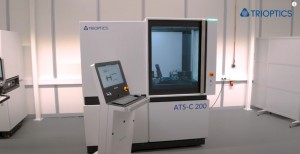
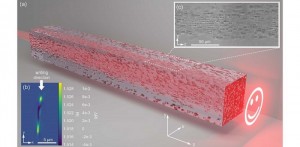
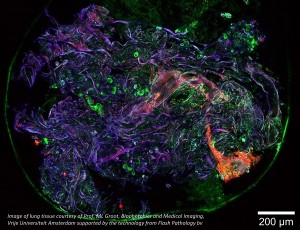

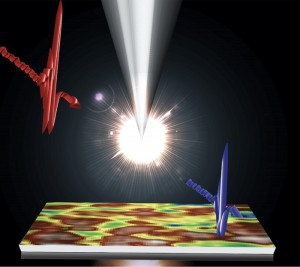

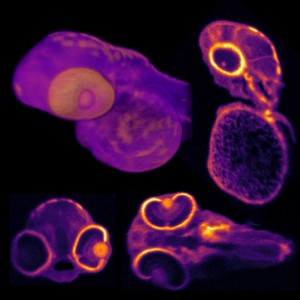
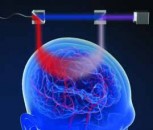
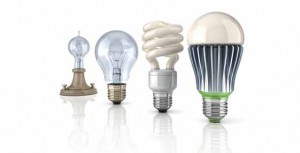
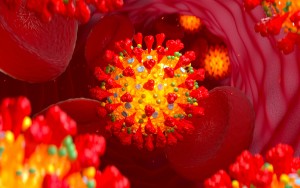















 Back to News
Back to News